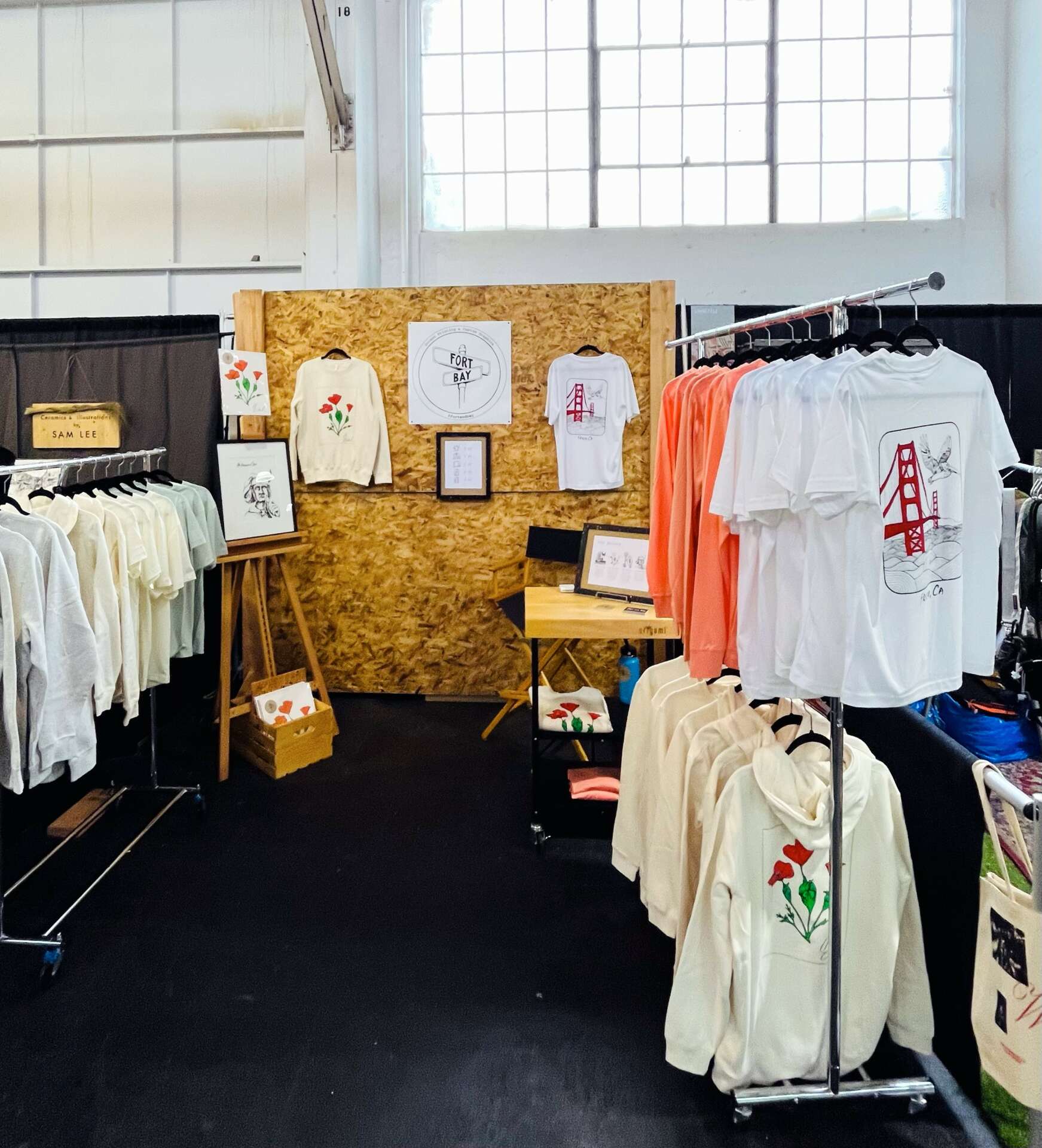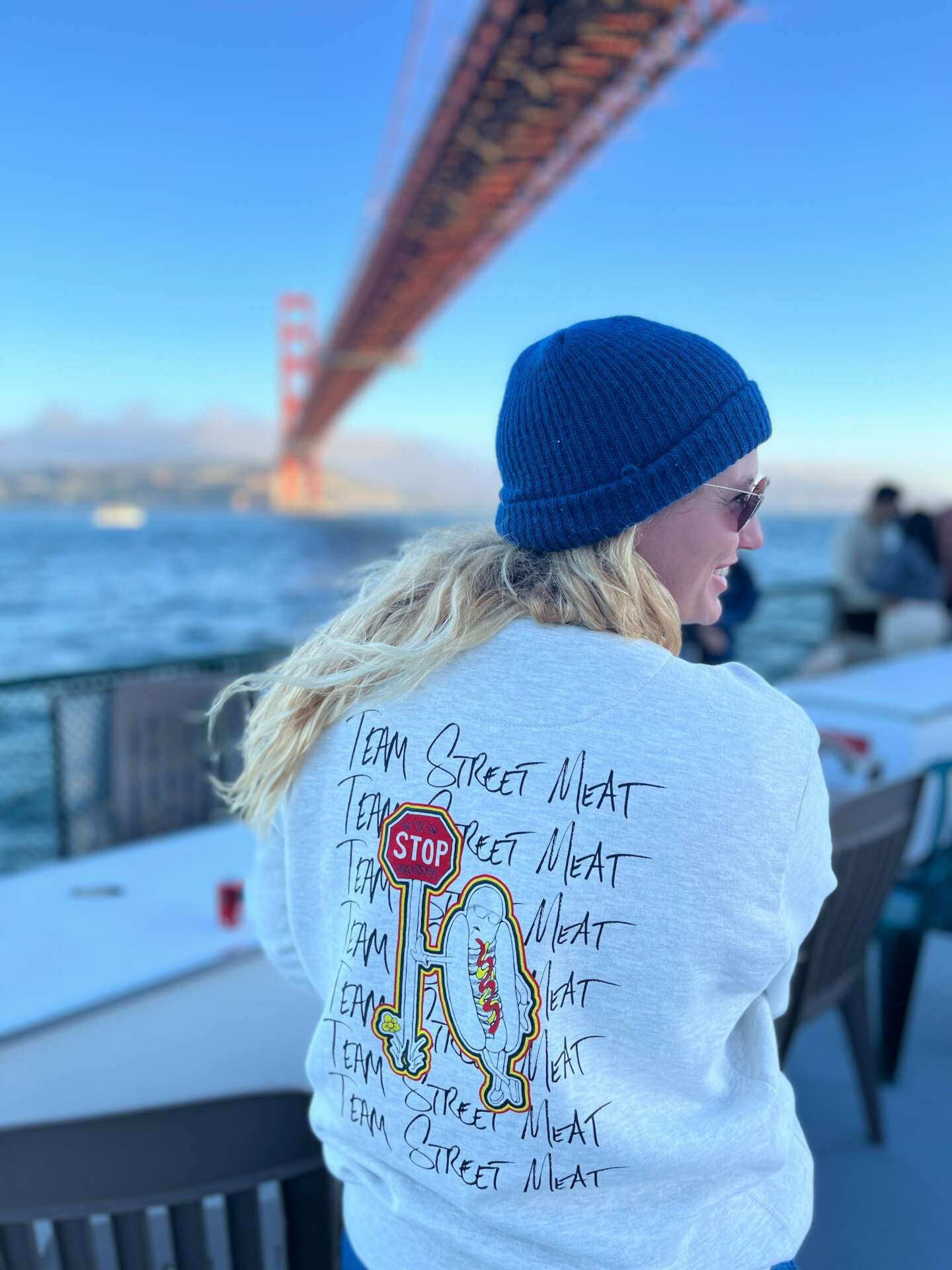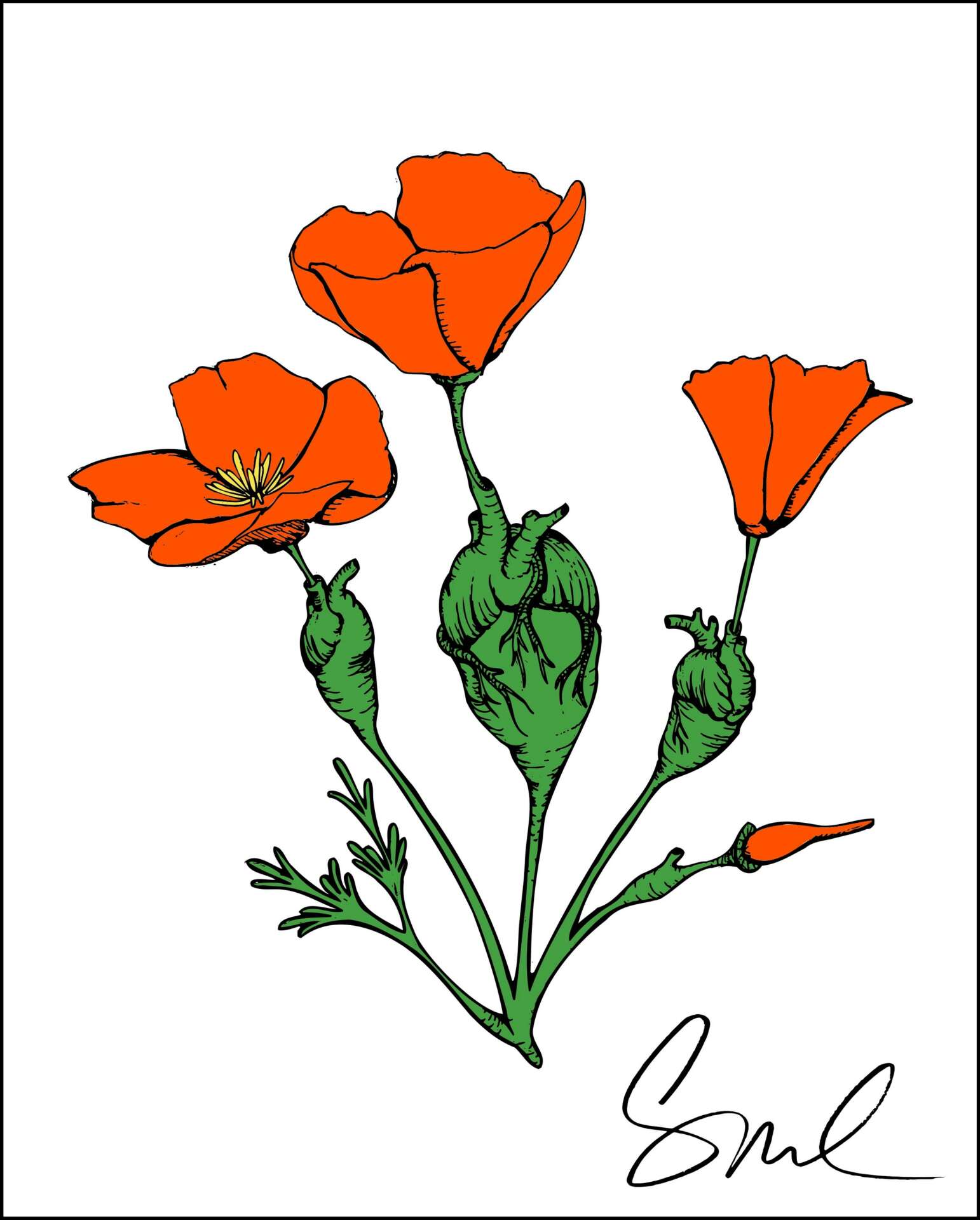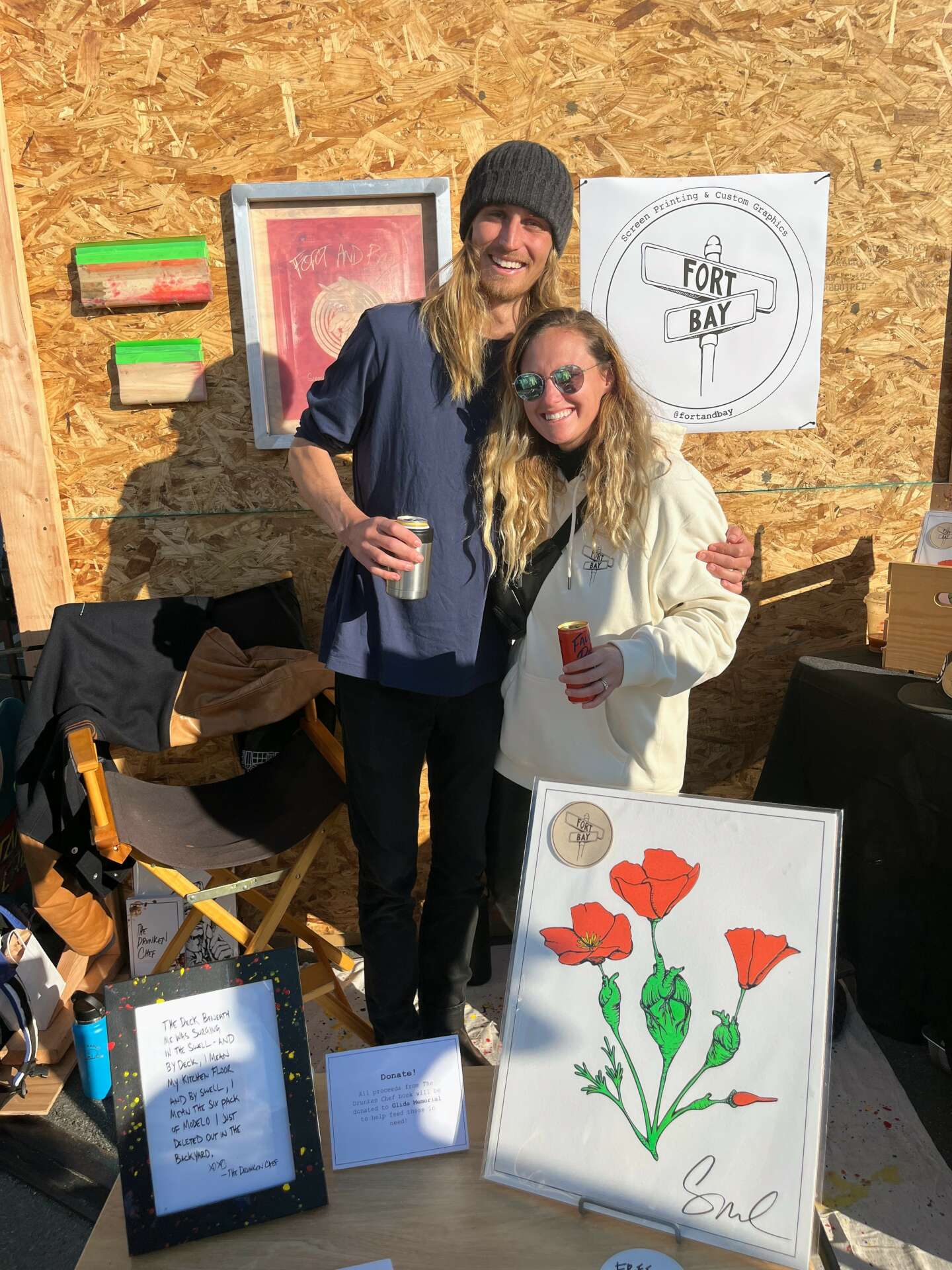Alright – so today we’ve got the honor of introducing you to Sean Cohan. We think you’ll enjoy our conversation, we’ve shared it below.
Sean, looking forward to hearing all of your stories today. Learning the craft is often a unique journey from every creative – we’d love to hear about your journey and if knowing what you know now, you would have done anything differently to speed up the learning process.
The learning process has been on going for a long time! Ever since I can first remember getting my hands on those classic Crayola magic markers and colored pencils I’ve been developing as a visual artist. Fortunately, my Mom is a watercolor artist which exposed me to drawing and painting at an early age. I think just having access to the materials and seeing examples of artwork around the house naturally planted the seed.
Art is such a broad means for channeling and manifesting expression so I find it to be so inspiring when technically skilled artists allow their visions to come through in such distinct styles. It is extremely difficult for me to hone in on one particular craft. This is something that I am slowly getting a little better at, but just like every artist, I’m still learning new things every time I pick up a pencil, paint brush, spray can, squeegee, or any other tool. I guess that’s a long winded way of saying that I haven’t fully learned how to do exactly what I picture myself doing yet, but the constant potential for growth is what makes creating art an exciting experience for me.
I try to speed up my learning process all the time. What it comes down to is habit. I think fostering habitual creative motivation is what speeds up my learning process and helps me lean into the “artist” version of myself. I wish I had taken the creative process more seriously sooner by scheduling consistent practice into my day to day habits.
I’ve been referring to developing my skills as a visual artist overall, but as for screen printing specifically, it’s a much newer discipline for me. Screen printing had always been a tool that I wanted to add to the toolbox and I picked up on it fairly quickly by scheduling my time to learn. To briefly explain how I freed up my schedule, I also work as a ship’s navigation officer. This job requires me to work long stints at sea of up to 4 months, but when my contract ends I have months of vacation time back at home on dry land. The work at sea is demanding and long hours are expected from a ship’s crew. When I returned home I told myself that I would invest the same amount of effort and commitment to my development as a screen printer as I had committed to my job as a ship’s navigator. If I can invest that much of my time and effort for the shipping company, I should be able to invest in myself equally. This internal motivation helped me research, practice, and become totally immersed in the printing process rather quickly. I treated my make shift basement printing studio as a 9 to 5 job and got the results I wanted. Since I’m self taught, it would be awesome to have the opportunity to work with and learn from other veteran printers, but for now I’ve gotten to a satisfying point where I can have fun with the process and experiment with designs.
The biggest obstacle that slows my creative process is procrastination. This seemingly evil thing is the most impactful phenomenon that keeps people from reaching their goals faster! Humans are excuse machines. When I overcome my personal excuses and the backwards justifications that fuel my procrastination, that is when I learn more skills at a faster pace and I create at my highest level.


Great, appreciate you sharing that with us. Before we ask you to share more of your insights, can you take a moment to introduce yourself and how you got to where you are today to our readers.
For now, when it comes to making a living, I’m a mariner first and an artist second. The first time I began to entertain the idea of the infamous side hustle I was cooped up in a secluded hotel room on the Oregon coast. It was in July of 2020, COVID was going strong, and all shipping contracts required unprecedented crew change over protocol. Mariners were required to quarantine for up to two weeks before joining their vessel. The maritime union that I’m a part of dishes out contracts for container ships mostly, but this one in particular was for Columbia University’s research vessel, the R/V Marcus G. Langseth. Its mission was to conduct seismic imaging of the sea floor around the Aleutian Islands of Alaska. During my two week quarantine riding solo in a hotel room I was only allowed to leave the room for a few hours a day to exercise so I spent the rest of the time nerding out over screen printing videos on youtube and drawing. I watched so many videos I was damn near screen printing in my dreams already and I had never even touched a squeegee!
I got into screen printing because the whole process is satisfying as hell. From drawing a design to developing a screen and printing, the hands on experience gets me into the flow state. Since starting a small business ended up becoming my goal, I had an easier time staying motivated while learning this printing style. Initially, it was actually my wife that inspired me to create a legitimate small business. She had already utilized the design and organizational skills that she had acquired as a landscape architect designer to start her own LLC, The Cohan Creative. Through watching her execute her ideas I was super motivated to do the same. For the first time in my creative endeavors, I started to set benchmarks of where I wanted my skills to be within a certain timeline. Before establishing Fort and Bay Screen Printing and Custom Graphics I never really made art with the intent to market and sell my craft. The business mentality helped me start to realize that I can, and totally should, make my art available to people incase they want it.
My long stretches of time working at sea allowed me to reflect on this potential business idea before being able to execute it and I think that makes my situation unique. Unique in the way that I was forced to be in somewhat of an incubation period before actually taking action on my business plan which allowed me to refine my ideas away from distractions that exist on land. It took me two shoreside jobs in 2021 and one more 4 month shipping contract moving military cargo to the South China Sea in 2022 to bring Fort and Bay to life. After much anticipation, my 4 months at sea ended and I was able to create something tangible.
Luckily, I had a group of friends that let me clear out space in their basement in San Francisco that was being used for storage. As a nod to their place on Bay St. that has been dubbed “The Fort”, the name Fort and Bay was born. Hopefully this explanation will spare those that try and actually look for the mystical corner of Fort and Bay in the city. Huge thank you to The Fort!
I was able to get the small business ball rolling fast because I had never had access to a studio space before and the excitement had me making moves much more quickly. I acquired all the printing equipment and began my learning process. From learning how to coat and expose screens to building a website and filing for an LLC, there was quite a lot that needed to be done to bring the plan to life. I think it took me about 3 months or so after getting off the ship to feel that I actually had a functional small business. I didn’t have nearly enough clients/sales or anything to call it full time and I still don’t, but I’ve made myself available to the community and the journey goes on.
Fort and Bay provides screen printing services for custom printing on t-shirts, sweatshirts, poster prints, and more as my shop’s capabilities improve. I offer to print client provided artwork/designs as well as commissioned artwork that I bring to life in my style with my client’s vision in mind. The custom clothing printing industry is without a doubt a saturated industry, but I think there is always room for small, local printers. When a screen printing company reaches a certain volume it is inevitable that the customer’s experience will start to go downhill. Large operations can have shirt order quantities in the hundreds and thousands and at that point they have successfully secured contracts and may not have the resources to put a personalized touch on each order. I’m the printer/artist that the community can come to for a personalized experience. Rather than being rushed off the phone or being restricted to email communication, I’ll meet you for coffee to talk shop if that’s your vibe! I love art and I love working with other people to help capture their ideas.

What do you think is the goal or mission that drives your creative journey?
I think my driving force is personal growth. Although it may sound somewhat egocentric to not have an overarching greater good stitched into my creative expression, the personal growth I’m referring to is actually for the sake of everyone that I interact with. The “creative journey” for me can be simplified into two things that overlap with one another. Creating and observing.
Creating requires the technical skills like muscle memory, color theory, an understanding of composition, control over different mediums, these types of things. If you put in enough effort over time you’ll get better at channeling the ideas that exists in your head into works that exists on a piece of paper, a shirt, or a mural wall. The amount of effort you’ve put in is reflected in your art and your art is the evidence that represents your creative journey.
Observing the world around you in an effective way requires aspects of personal growth that I actually value more than technical ability. It involves exercising respect, humility, and honesty. Respect allows you to learn from others creations, humility allows you to keep an open mind that’s ready to learn more, and being honest with yourself allows you to stay grounded in the reality of where your skills are at.
Where creation and observation overlap is pretty convenient. When you can observe the creative world with these qualities, your technical skills will thrive. Not only will you create more powerful work to share, but you will have been interacting with your environment in a more positive and helpful way. You can begin to network with the creative community as an advocate for collaboration rather than isolate yourself from new ideas and opportunities. At least that’s the philosophy that has worked for me.

What do you find most rewarding about being a creative?
We all have experiences that inspire our thoughts daily. The unique part of embracing yourself as a capable artist, creator, maker, or whatever you want to call it is that you’ve given yourself permission to capture these ideas. Everyone has acquired the creative ammo through life experience and consciousness, but unfortunately, not everyone gives themselves the opportunity to use it. I wish things were different, but I just think there is too much comparing going on at the moment for the majority of people to let go of being good at something and realize the potential for having fun with something. I mean of course you can have standards that you’d like to meet, but that shouldn’t prevent you from getting started all together. I don’t know, it’s easier said than done I guess.
My brother recommended a book to me by David Lynch called Catching The Big Fish which cover’s just that, catching the big ideas that swim through your head every second of every day. This concept is the most rewarding aspect of being an artist for me. I love finishing a piece and having that feeling of making something out of nothing. On top of that, if you do it enough it starts a chain reaction because you learn something new in every piece that you can take to the next one.

Contact Info:
- Website: https://www.fortandbay.com/
- Instagram: @fortandbay
- Facebook: https://www.facebook.com/profile.php?id=100086487490052


